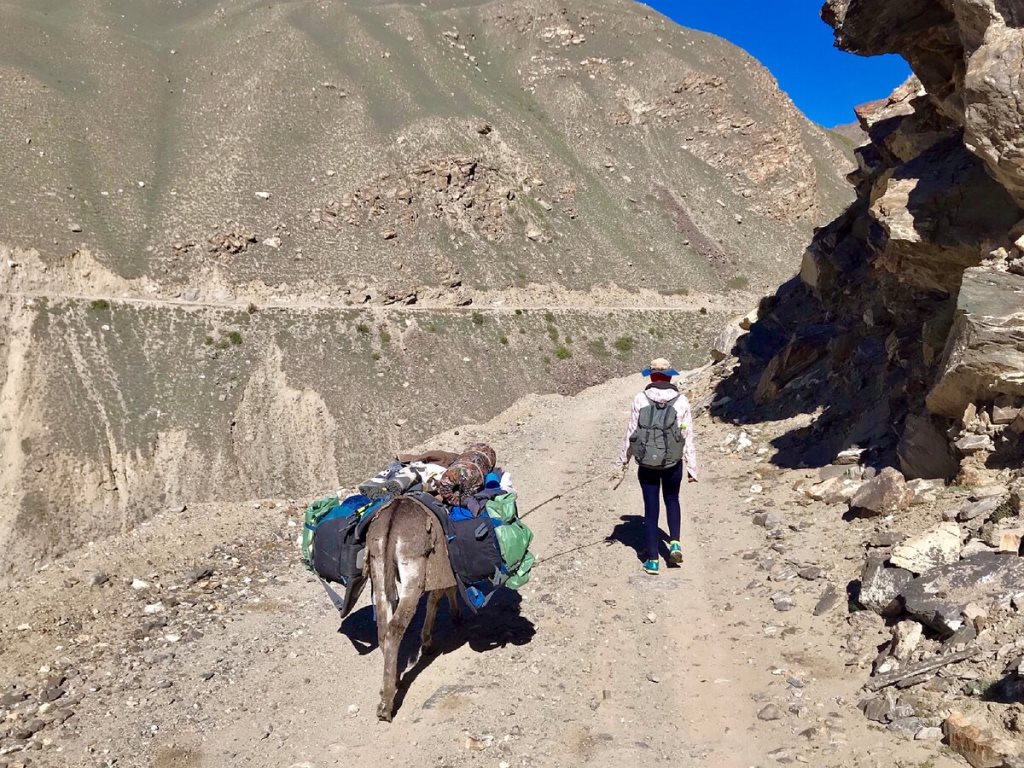Transport authorities of Tajikistan, Uzbekistan, Turkmenistan, Iran and Turkiye have reached an agreement on creation of a transport corridor connecting these countries in the west with Europe, and in the east with China.
The first meeting of the High-Level Working Group on the Multimodal Corridor “Tajikistan–Uzbekistan–Turkmenistan–Iran–Türkiye” (TUTIT) that took place on September 21 under the auspices of the Economic Cooperation Organization (ECO) ended with signing of a protocol of intent.
It is to be noted that a protocol of intent can be an expression of a current intention by one or both parties to enter into a future contract 'if' certain conditions are met. Alternatively it could be a non-binding statement of future intentions.
This High-Level Working Group was set up in line with the recommendation of the Ankara Declaration adopted by 11th Economic Cooperation Organization (ECO) Ministerial Meeting on Transport, which was virtually held on February 2, 2022.
A new route for the transportation of goods from China to Türkiye via Tajikistan, Uzbekistan, Turkmenistan, and Iran was presented on October 18, 2022, in Dushanbe during the International Conference “Logistics and its advantages in the development of transport links between Tajikistan and the countries of the region”.
The opening of the multimodal corridor “Tajikistan – Uzbekistan – Turkmenistan – Iran – Türkiye” was announced at the conference by the Minister of Transport of Tajikistan Azim Ibrohim.
The Transport Ministry of Tajikistan notes that creation of this corridor will increase cargo transportation, simplify trade procedures, especially for deadlock countries and will contribute to the development of regional economic integration.
Tajik transport authorities hope that this route will provide road connectivity between Tajikistan and China, promoting the revival of the Great Silk Road.
Tajik specialists say that for creation of such corridors it is necessary to develop a unified strategy for the development of multimodal transport centers taking into account infrastructure, carry out systematic work to assess demand, potential of each route, and explore technical capabilities.
The Tajik Transport Ministry notes that construction of the Dushanbe-Kulob-Darvoz-Khorog-Murgab-Kulma will also contribute to further development of the proposed corridor.
One of the important issues in the development of the corridor being created is “digitalization of transit documents / procedures.”
Meanwhile, independent experts argue that there is a more important issue questioning the implementation of this idea at least in the medium term, namely the deplorable state of roads in the Gorno Badakhshan Autonomous Region, or GBAO.

The Dushanbe-Kulob-Khorog-Kulma-Karokurum highway may reference Asian Highway 66 (AH66) as well as parts of the famous Pamir Highway. AH66 runs from Dushanbe to Xinjiang, crossing the border at Kulma Pass and connecting to the Karakoram highway that runs north-south from China into Pakistan.
It is to be noted that the Dushanbe-Khorog highway was built in 1940 in a record three and a half months. Until 1940, it was possible to get from Khorog to Dushanbe only after driving 732 kilometers to Osh (Kyrgyzstan) by carriage road, and then 1551 kilometers by rail.







